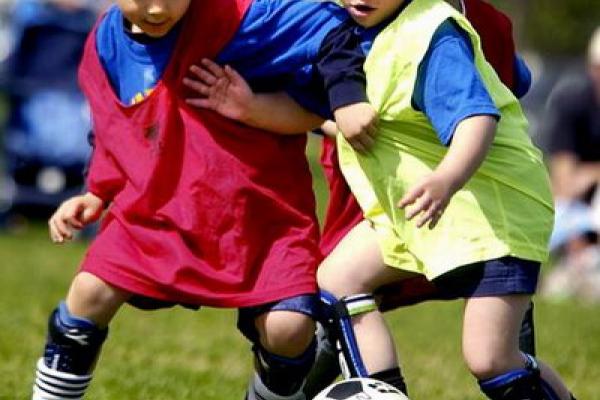AS LINUS ONCE pointed out, Charlie Brown could turn a wonderful thing like Christmas into a problem.
Well, America’s post-industrial economy, in which the children of middle-class families frantically compete for slices of a shrinking pie, has done Charlie Brown one better: Our culture has managed to turn children’s sports into a problem. More and more, the fun and games of bygone days are being displaced by a network of pay-to-play competitive club sports organizations—gated communities of the youth sports world that are marketed to middle-class parents as the only route to coveted college athletic scholarships.
Two sets of statistics tell the story. As of 2010, according to the Columbus Dispatch, youth sports organizations took in at least $5 billion per year. In addition, according to a 2013 National Association of Sports Commissions study reported in the Dallas Morning News, the travel industry associated with youth sports is worth another $7 billion a year. And all that money is being spent on fewer kids. According to the Wall Street Journal, participation of kids age 6 to 17 in the most popular U.S. team sports fell by about 4 percent between 2008 and 2012 while the population of 6-to-17-year-olds fell by only 0.6 percent.
Competitive youth sports is becoming an elite phenomenon. Kids whose families can afford it spend the year migrating from tournaments to training camps. Meanwhile, the majority of kids just give up and stay home to play video games.
Read the Full Article

